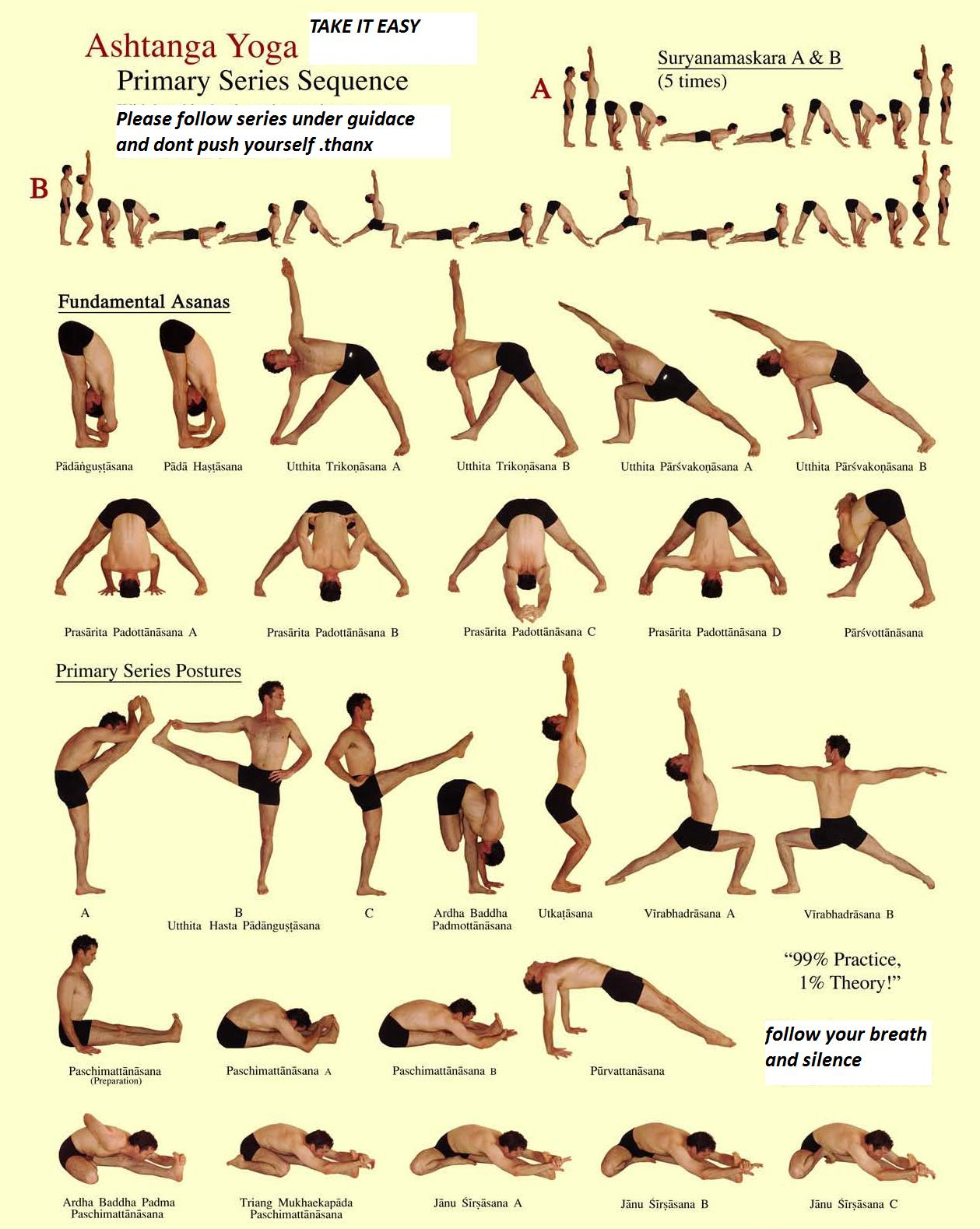Most worthwhile undertakings take time, need a good number of actions in addition to consistent hard work. You have to prepare yourself, understand how to complete the work, then stay with it and persevere. Whatever your plans here, do not anticipate any exceptions to those rules.
But it is not usually that hard actually, you simply break it into easy steps.
Here is how to understand five top yoga types in exactly five simple steps:
Step 1. We will discuss Bikram Yoga.
This kind of yoga carries out its routine in a warm area that is the reason why it's sometimes also called hot yoga. Doing this increases a person's flexibility but isn't suggested for people that have cardiovascular illnesses. It is critically important, due to the fact that this yoga routine needs toleration to powerful movements in a warm temperature that may lead to harsh exhaustion to the unwell or physically weak person. Don't avoid or overlook this or you may suffer strain and gain no benefit from your routine.
Step 2. Next, we will describe the main characteristics of the Ashtanga.
This is AKA "power yoga" since it involves lots of forceful movements. Most frequently than not, folk who go for this kind of yoga are sportsmen and those that want challenging activities. This crucial step demands your attention. Here is the way to do it right: Understand that these movements attempt to improve a person's strength and staying power which may include lunges and push-ups. There are several reasons that is important The most important one is that this is shown to help them maintain their balance and practice concentration.
Step 3. Lyenga yoga.
This kind is highly engaged in correct movements and correct body alignment. For newbs, props like blocks and straps are exploited. The reason for this will be to use these tools permit them to become more at ease and a bit better relaxed letting them get more profitable results. Additionally you will want to practice much of this throughout the day and not just during yoga class.
Step 4. Raja Yoga.
This exercise simplifies the belief that meditation is the resources to liberation. To break that down into more detail, it highlights the advantages of concentration and stresses that having happiness designates a satisfied body and sou.
Step 5. Bhakti and Mantra yoga.
The previous yoga type can be separated from the earlier steps by considering separately what are sometimes known as devotional yoga types, whereby its important point is to focus the participant's attention to self-surrender. While the earlier types are commonly known as yoga of the powerful. Additionally, its main concern is thorough liberation by oral or psychological repetition of sounds and noises.
At the finish, after you have followed these steps meticulously, you can expect to overcome the down sides and acquire your main aim, along with the advantages and the fruits that implies! Now pat yourself on the shoulder, even be a bit satisfied with yourself. It's you that attempted to achieve your goals and also you who succeeded! You now may savor your accomplishment and enjoy!
In the event you got off track and failed to go by the advice above, well... best of luck to you anyhow. You will need a large amount of luck..;-).
Realize some ways to learn about yoga as a beginner by visiting my beginner yoga and yoga for life website at yoga-for.com.
Article Source: http://EzineArticles.com/?expert=Steve_D_Evans





No comments:
Post a Comment